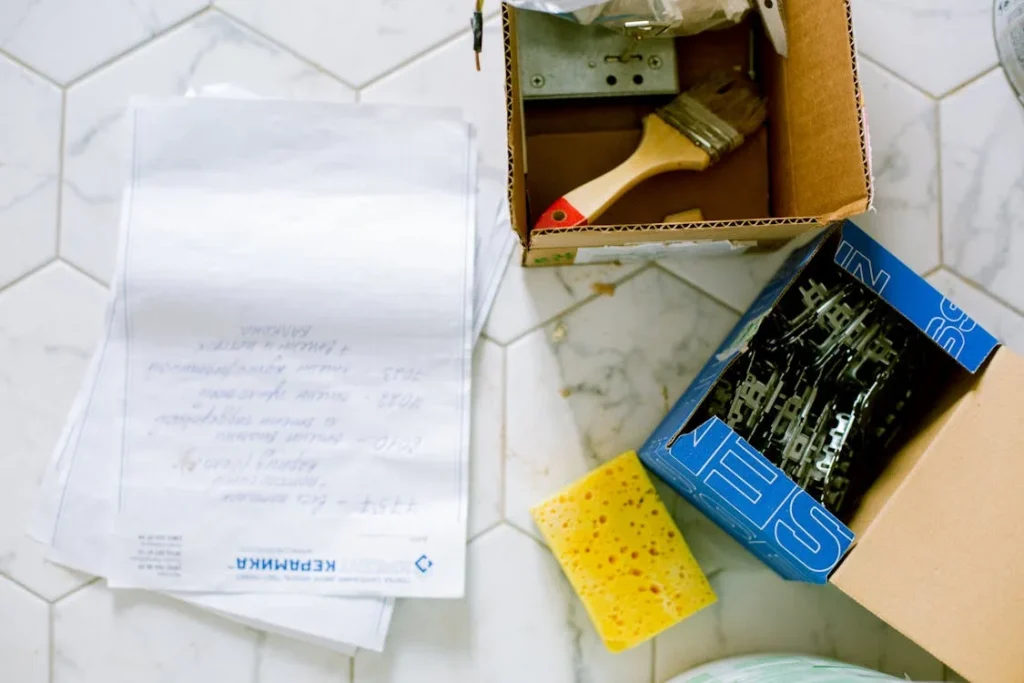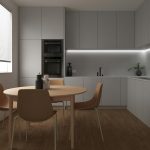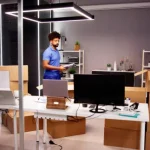How often do you walk into a room, flip a switch, hear a strange buzz, and think, “That’s probably nothing”? Most people do it without thinking. But what starts as background noise or a flickering light can signal deeper problems. In a time when homes are doubling as offices, schools, and safe zones, reliability isn’t optional—it’s essential. In this blog, we will share clear, realistic steps to make your home stronger and safer from the inside out.
Discover more insights that complement this topic—click to explore related ideas now!
Security Systems: More Than Cameras on the Wall
Security used to mean locks on doors and maybe a barking dog. Now it’s sensors, mobile alerts, and integrated systems that monitor everything from leaks to break-ins. The modern home has more points of failure than ever before—and more options to protect them.
Start simple. Install video doorbells, motion-sensor lights, and contact sensors on ground-level windows. These small moves deter the kind of crime that’s been rising steadily in many cities: theft of opportunity. Packages stolen off porches, tools taken from open garages, unlocked vehicles rifled through overnight.
Next level? Smart locks that let you grant access remotely. Security systems that integrate with your phone. Leak detectors placed under sinks, water heaters, and behind washing machines. These sensors don’t just alert you—they give you a chance to act before damage spreads.
Plumbing and Heating: The Infrastructure Behind Comfort
What we now call “home systems” used to be called “pipes” and “heaters,” but expectations have changed. The modern home doesn’t just need hot water and functioning drains—it needs dependable service, efficient performance, and fast fixes when something goes wrong. And in many parts of the country, that pressure lands on local providers to step up.
Reliable service is what keeps homeowners returning to Chester Plumbing & Heating. With over half a century of experience, they’ve built a reputation on timely response, thorough work, and fair pricing—qualities that matter even more now that delays in parts and labor are common. Whether you’re looking to update an old heating system or fix a slow leak, working with a trusted provider ensures the work gets done right, not just fast.
More homes today rely on mixed systems—hybrid heating setups, tankless water heaters, water softeners, radiant floor heating. These aren’t DIY-friendly. Regular maintenance and early detection of small problems are critical. A slow drain, for example, might be more than hair in the pipe. It could mean a deeper issue in your main line, or worse, root intrusion from a nearby tree. Left unchecked, you’re not just dealing with sluggish water—you’re looking at backed-up sewage in your basement.
Outlets, Circuits, and the Limits of Old Wiring
You don’t have to be an electrician to know that a breaker that trips more than once a month is a problem. Still, many homes run on aging wiring that was installed long before air fryers, gaming consoles, and multi-device charging became the norm. The demand has outpaced the design, and in too many cases, homeowners are still plugging high-use items into overloaded circuits hoping nothing sparks.
The first step toward electrical safety is an audit—either professional or personal. Look at every outlet. If it’s warm, loose, or surrounded by dust and clutter, it needs attention. If you’re using extension cords permanently or daisy-chaining power strips, your system isn’t keeping up.
Smart upgrades go beyond safety. Installing dedicated circuits for high-use appliances, adding GFCI outlets in wet areas, and swapping old two-prong outlets for grounded three-prong ones keeps your home code-compliant and ready for future demand. It also lowers fire risk, which remains one of the leading causes of residential damage.
And if you’re upgrading lighting, avoid the temptation to just “plug and play” LED strips into legacy dimmer switches. Compatibility matters. Electrical systems aren’t immune to shortcuts, and mistakes here can cost a lot more than flickering bulbs.
Air Quality Isn’t Just About Allergies
Homes trap more than people. They also trap dust, off-gassing chemicals, and airborne bacteria. Add a couple of pets, a recent renovation, or a gas stove to the mix, and your air starts to look a lot less breathable. In fact, indoor air can be several times more polluted than outdoor air, especially in homes with poor ventilation.
Start with the basics. Replace air filters regularly. Not just when the HVAC tech says to, but every 30 to 90 days depending on your system and usage. Dirty filters don’t just affect airflow—they stress the entire system, causing it to work harder and wear out faster.
Next, think about source control. Choose low-VOC paints and finishes. Skip synthetic candles or plug-in air fresheners, which release phthalates and formaldehyde. If you’re cleaning with bleach or ammonia-based products, crack a window. Better yet, switch to safer alternatives like vinegar and baking soda where possible.
Air purifiers can help, but they aren’t a fix-all. They’re only effective when placed correctly, sized for the room, and maintained. For homes with allergies, a HEPA filter in bedrooms can reduce nighttime symptoms and improve sleep. For households with recent construction or wildfires nearby, a whole-home purification system might make more sense.
Consistency Over Heroics
Homes don’t fail in dramatic bursts. They erode. Slowly. Silently. A missed repair here, a postponed checkup there. Over time, these small oversights pile up, until the house feels more fragile than functional. The solution isn’t endless renovation or chasing perfection. It’s routine. Regular checks. Simple habits. Reliable service.
A safer, more reliable home environment isn’t built overnight. It’s built over seasons of showing up for the basics. Clean filters. Clear gutters. Watch for drips. Test alarms. Listen to your house when it makes new sounds. Act while the problem is small.
And when you need help, go with pros who’ve seen it all and aren’t guessing their way through the job. Whether it’s heating, plumbing, roofing, or systems work, trusted hands make the work lighter—and the outcome stronger. In a world where instability has become normal, your home shouldn’t join the trend. It should resist it. Quietly. Steadily. Day after day.
Handpicked for you: explore our featured post that everyone’s talking about!







